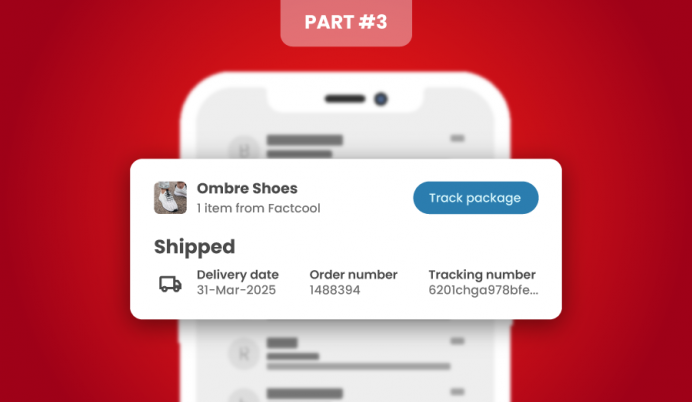Volume does not guarantee performance, and not only in marketing
In the world of print or TV advertising, marketers strive to reach their audience as precisely as possible, even though their options can be relatively limited - by choosing the right media, the right advertising times, frequency, etc. Choosing a children’s magazine to advertise chainsaws is unlikely to earn you much praise from your boss, even if say that you are educating the next generation of customers.
Online marketing offers much greater potential for targeting and performance marketing has become the magic formula of agencies and a common customer requirement. Email marketing is among the most powerful tools of performance marketing: it is therefore difficult to understand why so many marketers not only not pay greater attention to it, but even advocate mass mailing to any and all available addresses.
Compared to other advertising formats, email marketing has its own specifics - including technical and legal aspects, as well as the specific behavior of recipients. While only a small percentage of users will fight against banner ads by installing ad-blocking software, more than 90% of users are more or less protected against email spam. This is understandable - email marketing reaches the recipient more efficiently and thus provokes much stronger reactions.
Poor practice leads to bad reputation
We can compare this to advertising in the physical world - the abundant roadside billboards or the ads in a magazine mostly leave us indifferent, but the leaflets thrown daily into our mailbox will make many of us resort to stickers and signs signalling our disapproval. Spam filters are of course much more effective than mailbox stickers, also because they are coordinated globally. This is done using different technologies, including by monitoring the sender’s reputation.
With physical leaflets, the negative reaction is limited to the specific mailbox owner. If he or she gets angry, the leaflet ends up in the trash and the receiver can form a negative impression of the brand or company that sent it. With emails, the individual reaction will be reflected in the brand’s global reputation. But it is not only the recipient disapproval, manifested by clicking the "spam" button, that affects the reputation. There are many other factors, including the number of nonexistent mailboxes targeted. While you cannot put a flyer into a mailbox that does not physically exist (and if you leave it by an abandoned house the impact on reputation will be zero), with emails the situation is different. Spam filters not only monitor the number of delivery attempts at non-existent addresses, which is a strong sign of a poorly-managed database, but over time these addresses often become spam traps.
This technique is used by most major email providers and for good reason - sending to dead drop is a clear indication of improperly managed recipient list and inappropriate use of email marketing techniques. Mailkit operates thousands of spam traps across several hundred domains, so that we can monitor the behavior of potential customers and analyze the content of spam messages.
Bad reputation means bad results
We see this problem among our new clients all the time. After years of using various unprofessional tools, they are surprised to find just how much of their address database is unusable. On average, 15% of addresses in these databases are nonexistent: sending to them would be highly dangerous and would significantly harm the reputation of the sender as well as the tools used. The databases also contain up to 1% misspelled addresses, ie. containing the wrong domain name (such as gmail.cz instead of gmail.com). Many of these domains are used to collect data or directly as spam traps.
It is alarming to see how many marketers ignore these risks completely and continue trying to send emails to non-existent mailboxes. We have met with many arguments, from "any odd address is good" to "what if the address is alive", and they are all completely pointless. We could say that this type of wasting of resources on non-existent recipients is the equivalent of advertising chainsaws in a children's magazine, but this would be an oversimplification. In reality there is substantial damage to reputation and thus to the deliverability of messages to recipients who would be actually interested in your message. In other words, such practices not only waste resources, but also lead to a loss of profit and a loss of contact with customers.
Sending mail to invalid addresses is not just a problem for small businesses that cannot afford a professional solution. In fact, major companies with large turnovers are often among the biggest sinners, their aimless campaigns damaging their reputation and thus the deliverability of messages to potential customers. Compensating for the lost revenue through advertising in traditional media is then much more expensive.
In the age of performance marketing there is no place for such practices, especially because email marketing offers highly accurate efficiency measurements and an unrivaled range of options in terms of segmentation and personalisation.










